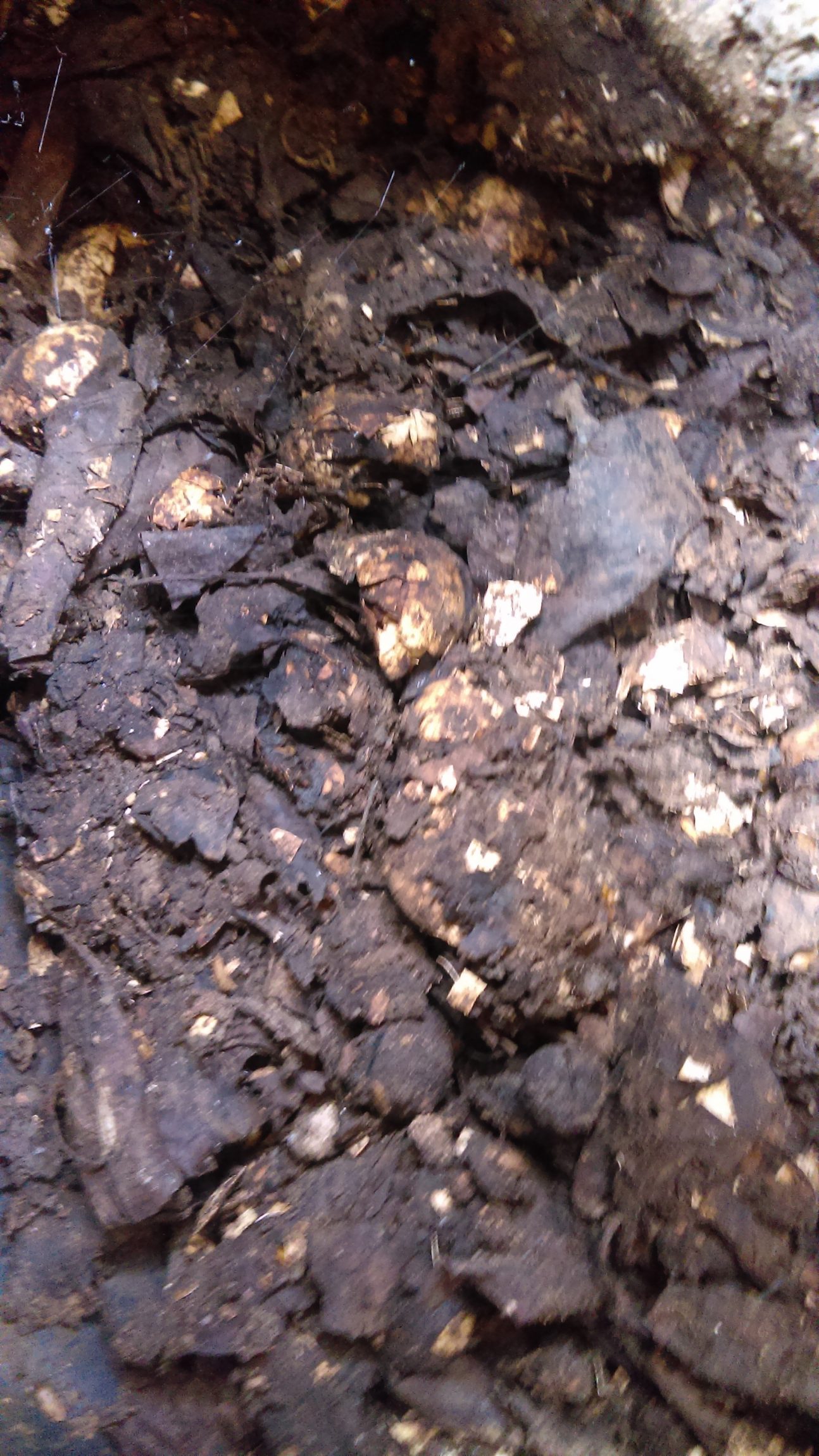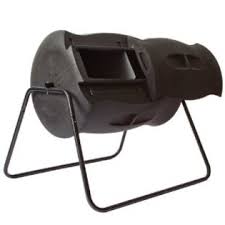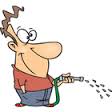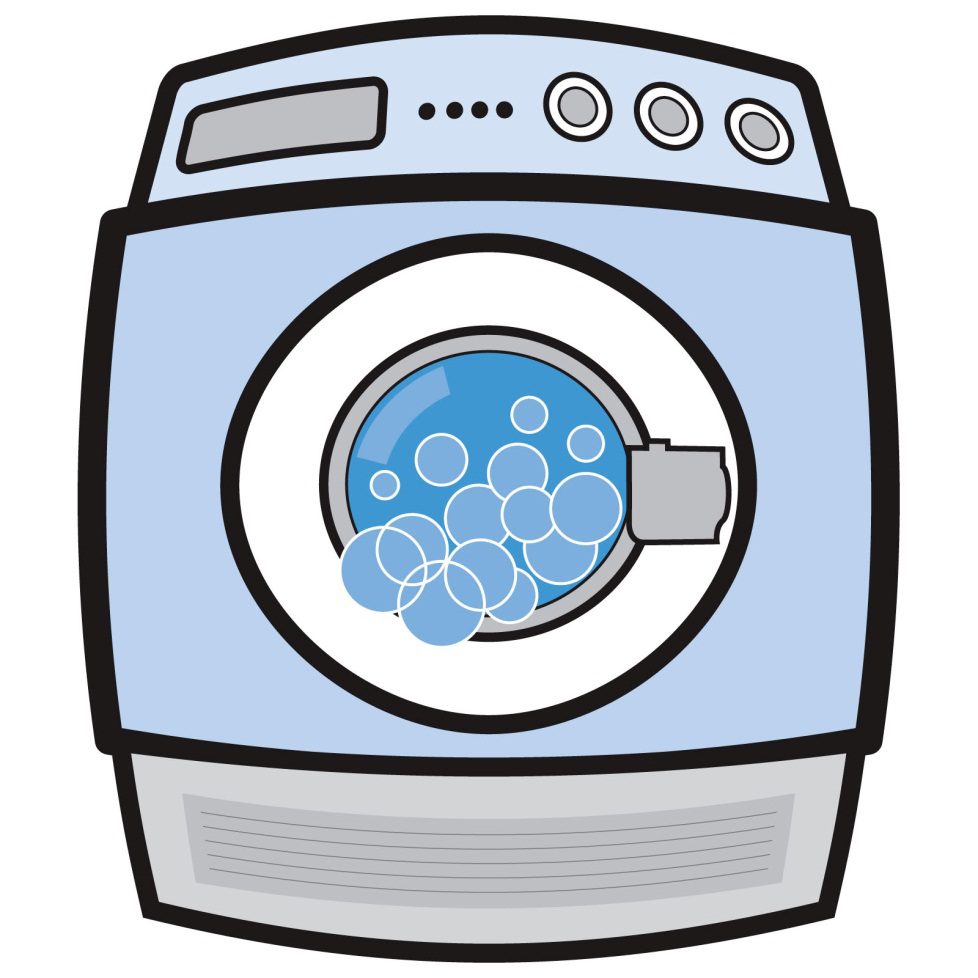Household Water Savings Guide
In the San Diego region, water conservation has great benefits all year long. Drought or no drought, the entire region is an arid environment, which needs water from a variety expensive sources to sustain our quality of life. When practiced year-round, water conservation reduces pollution in our oceans, saves our most precious natural resource and helps you save money all year long. Here are some tips to help save water and a link for water saving rebates available for residents in the city of San Diego.
In the House
- Turn off the bathroom sink while shaving or brushing your teeth. Some bathroom faucets can use up to two gallons of water per minute. Install an aerator to help restrict water flow to the faucet, this can decrease usage and use as little as .5 gallons of water per minute.
- Scrape dirty dishes instead of rinsing before placing them in the dishwasher. Some dishwashers don’t require any pre-rinsing, check your user’s manual to find out.
- Run the dishwasher on full loads of dishes only. Inefficient dishwashers can use up to 15 gallons per load, make sure the dishwasher is used only when fully loaded with dishes and invest in an efficient model that can save money, energy and water.
- Run full loads of laundry. Even if your washing machine has an adjustable load setting, the washing machine will be the most efficient when run on a full load.
- Place a bucket in the shower to capture the water that is run while warming under shower. Tub faucets can use a minimum of four gallons of water per minute. That clean water running down the drain can be useful! Try using collected water to water your garden and trees.
- Also, learn how to take a Navy Shower and reduce water use by 90 percent!
In the Yard
- Turn off irrigation systems before rainstorms. When significant rainfall occurs, make sure you don’t run your sprinklers. Some irrigation systems even allow you to set seasonal irrigation programs.
- Install a pool cover to reduce evaporation. Evaporation causes pools to lose over hundreds of gallons a year. Simply by covering a pool can cut evaporation by 95 percent lowering the demand to refill the pool more often.
- Wash your car with a bucket and sponge instead of a hose. Washing your car with an open hose can use up to 100 gallons per wash. Choose to go to a car wash center that recycles the water.
- Install rain gutters and rain barrels to capture water from your roof. By installing a rain barrel for your home, you reduce the demand on the potable water system to irrigate your garden. Plus, unchlorinated rain water is better for plant health.
Learn More
- Attend Water Conservation Workshops. Attend a workshop like an I Love a Clean San Diego workshop to learn more about local programs that can help you save money and learn more tips and tricks!
- Utilize Local Water Savings Rebates. There are many local rebate programs that can help you save money when purchasing and installing rain gutters, rain barrels, or downspout redirects.
Check out Think Blue San Diego for more tips and information about water conservation rebates and visit WasteFreeSD.org for more local resources.


 y journey with compost started about a year ago when my boyfriend and I decided that we wanted to invest in a compost bin for our food scraps. The first step was determining what type of bin I needed that would best suit my schedule and needs. It is important to note that every compost pile and bin is different, for example, I chose to purchase a compost tumbler to limit the time it takes to manually turn the contents in the pile with a shovel. This might not be the case in every household though. My compost bin instantly mixes when I spin it, which is convenient for me and needless to say that it takes less than a minute to turn.
y journey with compost started about a year ago when my boyfriend and I decided that we wanted to invest in a compost bin for our food scraps. The first step was determining what type of bin I needed that would best suit my schedule and needs. It is important to note that every compost pile and bin is different, for example, I chose to purchase a compost tumbler to limit the time it takes to manually turn the contents in the pile with a shovel. This might not be the case in every household though. My compost bin instantly mixes when I spin it, which is convenient for me and needless to say that it takes less than a minute to turn.


 Limit outdoor watering to two days per week, less if you can.
Limit outdoor watering to two days per week, less if you can.

